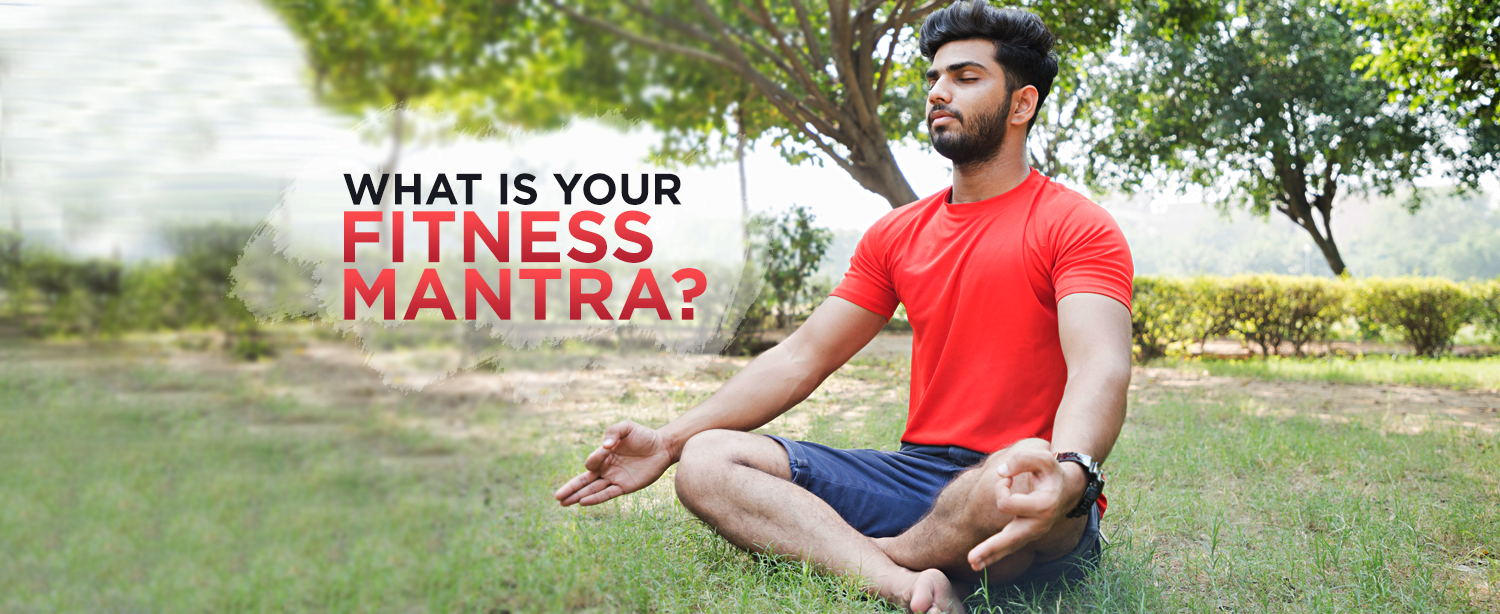Have you been hearing the term “fitness” too often lately?
Fitness is the new lifestyle trend for many adults. You must have heard about your friends or colleagues joining the gym, taking an aerobics class or training under a personal trainer for the next marathon. Fitness has now gained priority in everyday routine. It is a promising sign that so many are taking interest in being fit. A healthy and fit body with a nourishing diet helps avoid many lifestyle diseases.
Have you chosen your fitness regime yet?
There is no such thing as a perfect workout. Choose the best option suitable to you as per your fitness goals and overall health. If you have a health disorder, talk to your doctor before starting a new fitness plan. Let us study a few popular fitness regimes and how they benefit you.
Yoga
Many people regard yoga as a complete fitness workout for the entire body. Practised in India from thousands of years Yoga definitely has something for everyone and can be practised across all ages.
Why choose yoga:
- It’s efficient. Most yoga poses help to strengthen your core muscles. And in different inversions and arm balances, yoga allows you to raise your heartbeat, strengthen your muscles, and lengthen them out all at once.
- It can count as a cardio workout. Sun salutations or Suryanamaskar and certain other yoga poses raise your heart rate and keep it healthy.
- You can do it anywhere. With no equipment necessary, it doesn’t matter if you are at home, at your office, or travelling, yoga can be done anywhere.
- In yoga, you learn to unite your body and mind. This allows you to move with ease and pay attention to how your body is feeling at all times. Thus promising an injury-free workout plan.
Strength training:
Strength training is a type of physical exercise that uses resistance to induce muscular contraction which builds the strength, anaerobic endurance, and size of the skeletal muscles. Strength training is an important way to boost your weight loss.
Why choose Strength training:
- Weight training—using free weights or weight machines to build muscle—is a type of strength training that not only can help you slim down, but also has many other health benefits.
- It helps burn more calories. Since muscle tissue burns more calories than fat tissue does, muscle mass is a key factor in weight loss.
- Weight training improves your posture, helps your endurance, builds strength and reduces your chance of injuries.
- It also boosts heart health, improves cholesterol and increases bone density. It also slows the inevitable strength decline as we age, as it keeps our muscles from turning to mush—and being replaced with fat—as we get older.
Running
Running can significantly improve your physical and mental health. Many experts think that human bodies are shaped the way that they are because we evolved to be extremely effective endurance runners. The shapes of our hips and feet, the length of our legs, our shock-absorbing spinal discs, and our skin (and ability to sweat) make it possible for us to run mile after mile. So it’s perhaps no surprise that running is strongly associated with a number of benefits for our bodies and brains.
Why choose Running:
- Since it improves aerobic fitness, running is a great way to help improve cardiovascular health.
- Even a 30-minute run can lift symptoms of depression and improve mood.
- Running helps young people sleep better and improves their mood and ability to focus.
- Running can improve your mind at any age and fight age-related cognitive decline.
- Running changes the brain in ways that make it more resistant to stress.
- Running is a great way to burn calories.
Wishing you a Happy 2019! Stay safe during the New Year festivities. Hoping this article motivates you to get started with a new fitness goal in the new year. Being fit means being healthy and less prone to lifestyle diseases.


